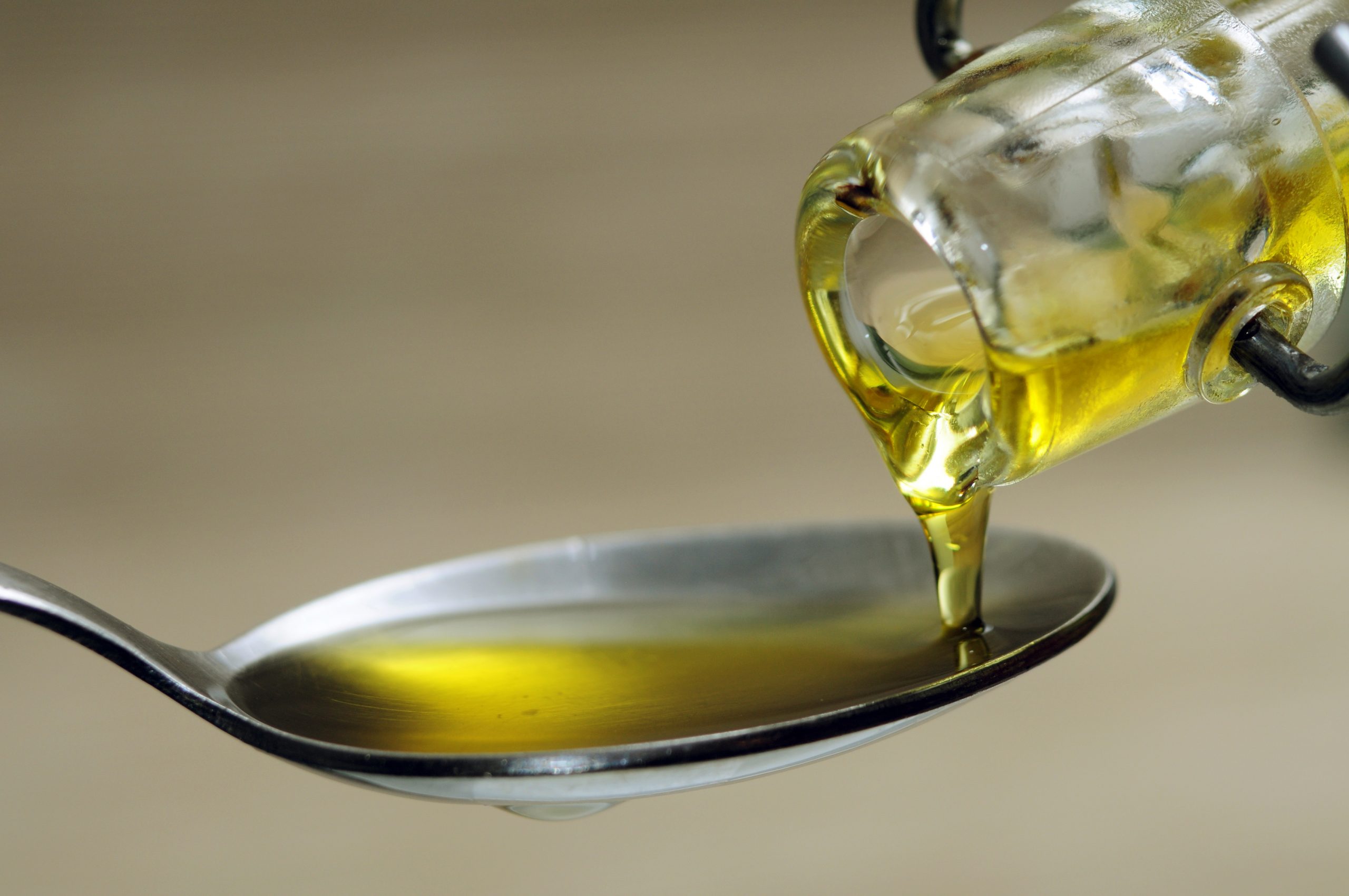“We are honest Italians”, Tuscan olive oil producers replied, sending bottles of their extra virgin olive oil to the New York Times after its campaign against the quality (and credibility) of one of the most famous products associated with the excellence of the “Made in Italy”. Nicholas Blechman is an illustrator and the art director of the New York Times Book Review.
He published a graphic animation that pointed out dubious practices in parts of the Italian olive oil industry. “Some producers – states the strip – mix olive oil with soybean or other cheap oils, while others mix vegetable oils with beta carotene and chlorophyll to produce fake olive oil”. A statement that frankly offended and “menaced” Italian producers.
In Italy that practice is called adulteration. It is prohibited by law and persecuted, not only by police but also by the same producers who, periodically, call to the attention of European and Italian governments these unethical practices that threaten the reputation of all producers. Moreover, producers call for strict checks and new laws to protect Italian quality: they are the first victims of fraudulent practices.
“Olive oil bottled in Italy and sold in the United States – continues the New York Times’ animation – may be labeled “packed in Italy” or “imported from Italy”, not “produced in Italy”, even if the oil does not come from Italy. However, the source countries are supposed to be listed on the label”, considering “that much of the olives are bought – they write – from Spain, Tunisia and Morocco where they are cleaned, crushed and pressed and then pumped into tanker trucks and shipped to Italy”, the world’s larger importer of olive oil.
A 2010 study by researchers at the University of California, Davis, explains the newspaper, found that, in an expert taste and smell test, 69 percent of imported olive oil labeled “extra virgin” did not meet the standard for that label. The study suggested that the substandard samples had been “oxidized; had been adulterated with cheaper refined olive oil; or were of poor quality because they were made from damaged or overripe olives, or olives that had been improperly stored or processed or some combination of these flaws”.
Even if the New York Times report did not conclude that 69 percent of olive oil for sale in the United States was doctored, Italian producers reacted strongly to the graphic.
The Apulian region, for example, invited the New York Times director and journalists to visit the countryside with its millions of olive trees and local oil production. Tuscan producers recalled that Italian olive oil was one of the most appreciated products of the Fancy Food Show in San Francisco.
The New York Times made some rectifications to the article, but these were not sufficient to clean up the Italian reputation.
For a reason. Many Italian products, such as pasta, cheeses, and wine inspire counterfeit products on international markets. These fakes use names and labels very similar to the originals. They are made outside of Italy, with different ingredients and recipes, and use Italian branding to attract buyers. This “Italian sounding” market stole 60 billion euros from the Italian economy in 2013 — double the value of Italian food exports.
It is clear that a negative press campaign doesn’t help “honest” producers.





























